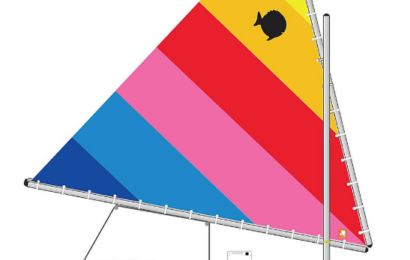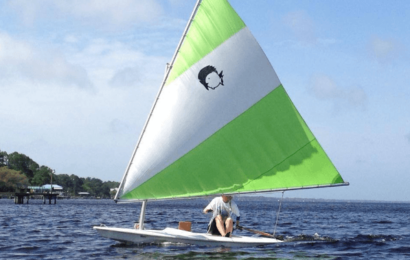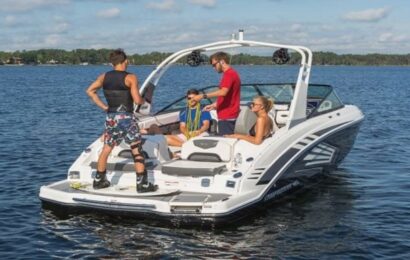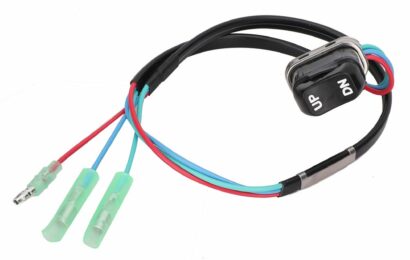A bad boat ignition switch could cause several problems capable of impeding smooth sailing. Faulty boat starters aren’t common to any particular vessel model and could occur for different reasons.
Most times, boat ignition switch problems could happen because of unprimed engines, failed starting sequences, or a blocked exhaust. In other cases, dead or unplugged batteries, electrical issues, or loose fuel lines might cause ignition issues.
Locating the cause of common boat ignition switch problems shouldn’t be that tasking. That’s why this guide provides relevant details to help you spot and solve regular problems with a boat’s ignition.
Major Reasons Why a Boat Ignition Switch Won’t Start
A boat ignition switch might fail to start if safety features are engaged on your boat. Sometimes, starting sequence issues, disconnected/dead batteries, loose fuel lines or blocked exhausts might cause boat ignition switches to fail.
However, electrical problems, broken or disconnected wiring, or worn out assembly might make an ignition switch fail to start.
Bad Boat Ignition Switch Symptoms
Grinding/buzzing noise
A constant buzzing sound could become noticeable from a bad ignition switch whenever its turned to ON. The grinding or buzzing sound is usually caused by unsafe electrical contact behind your ignition switch keys.
Replacing the boat ignition switch entirely could be all that’s required to solve this buzzing sound. It’s also recommended to consult a qualified technician to check for any issues with your boat’s electrical connections.
Jimmy-starting
Jimmying keys on your boat ignition switch before starting is a major sign it’s faulty. Having to jimmy keys show a lack of contact between your boat’s switch and its electrical connections.
Jimmied keys may also get broken in the switch head, causing more issues than prolonged starting.
Start-stall operation
Faulty ignition switches might cause a start-stop operation of a vessel. Such an occurrence could prove dangerous and leave boaters stranded, especially when it happens far away from the shore.
Failed power-up of accessories
Add-ons on a boat are usually hardwired to its ignition switch. A faulty ignition switch might fail to start up a boat’s accessories, even if it can start the engine.
Difficulty in turning/removing the starter key
A bad ignition switch will suddenly become hard to turn positions. In other cases, it could prove difficult to remove the keys after turning off your boat’s ignition.
How to Test for a Bad Boat Ignition
Step 1: Get a multimeter
The multilmeter should be set to measure DC voltage. Next, gain access to the ignition switch connectors.
Step 2: Check positive and ground terminals on starter
Place the multimeter’s red probe to your starter’s positive terminal. Next, place the black probe on the starter’s ground terminal
Step 3: Turn ignition switch to its START position and take readings
Turn your ignition switch to START to read its voltage. Any reading over 9.5V should be enough to start your vessel.
Readings lesser than 9.5V points to a faulty or disconnected ignition switch.
How to Replace the Ignition Switch on a Boat
Step 1: Get the exact replacement
Make sure the ignition switch you purchase is compatible with your boat.
Step 2: Access the starter/control switch board
Loose the control switch housing holding the ignition assembly.
Step 3: Disconnect faulty/old ignition switch from your boat’s electrical lines
Remove the connectors linking the ignition switch from your vessel’s electrical connection. Note the connection of your old ignition switch before removing it from your boat’s electrical line.
You’ll have to connect the new ignition switch exactly how the old one was installed. Connecting the new assembly wrongly may cause more issues.
Step 4: Install new ignition switch and place its boot nut correctly
Connect the new ignition switch and make sure its boot nut fits correctly. Next, connect the wiring properly before screwing the ignition switch housing.
Best Boat Ignition Switch Replacements
1. SIERRA Yamaha Dash Ignition Switch (OEM)
The dash ignition switch is a perfect replacement for Yamaha engines and few generic models. One set of these keys cost about $105 at WestMarine.
2. Quicksilver Mercury/MerCruiser Ignition Switch Assembly
The ignition switch assembly comes with a complete set of connectors, switch, and set of keys. One order for this set costs $51 at iboats.
3. Seachoice 4-Position Starter Switch
The Seachoice starter switch features a complete set of keys, connectors, and a fitted boot nut. A single order for this 4-position (ACC–OFF–ON–IGN) switch is available for $24 at iboats.
4. Cole Hersee 3-Position Ignition Switch
The metal alloy casing of this 3-position switch makes it a great option for sustained use on vessels. It comes with terminals for easy connection with various engine models.
Boaters can get this ignition switch from BoatID for $33.50.
How to Fix No Power to Ignition Switch on a Boat
First, try using a multimeter to take readings of your ignition switch. Your ignition switch should be turned to its START position before you take readings.
Readings over 9.5V (DC) show that there’s enough current flow through to your boat’s ignition switch.
Fix the ignition switch back into its holding panel and start your boat. If the ignition switch doesn’t work, then you’ll have to get it replaced or rebuilt.





